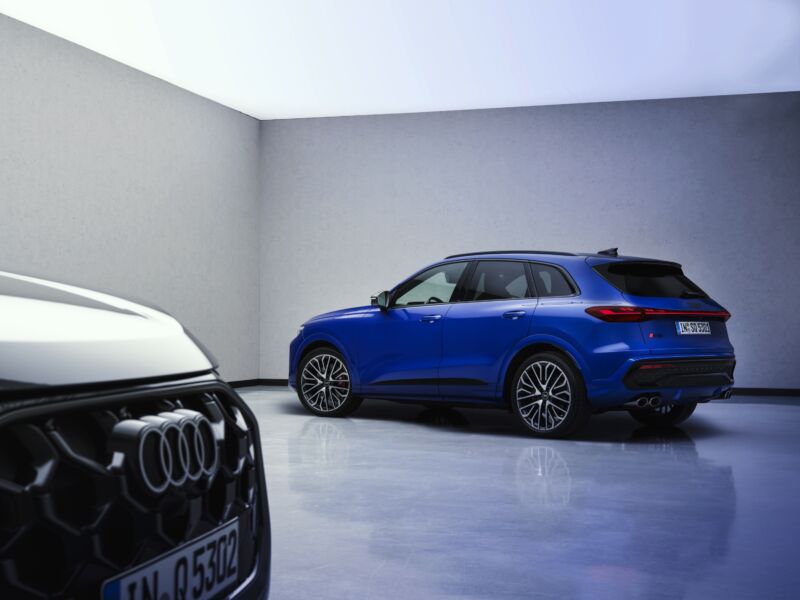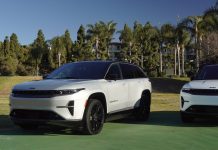Yet again, the US misses out on some options, like the mild hybrid.

Audi provided flights from Washington to Munich and accommodation so Ars could be briefed about the Q5, as well as the A5 and A6 e-tron we wrote about several weeks ago. Ars does not accept paid editorial content.
MUNICH—Germany’s triumvirate of luxury automakers made their reputations off the backs of sedans, but the uncomfortable fact is that these days, they sell far more in the way of SUVs and crossovers, particularly in North America, where the prevailing sentiment is that station wagons belong with bell bottom jeans in the suburbs of the ’70s and hatchbacks are reserved for college kids. The ur-Quattro might have made Audi famous, but the Q5 is what keeps it profitable.
There’s a new Q5 on the way, the third in its line. As global electrification timelines are proving to be a little slower than once predicted, automakers are responding accordingly, and at Audi, that has meant developing Premium Platform Combustion, a new flexible architecture for internal combustion engine-powered vehicles (including hybrids) that combines the latest in software-defined vehicle technology with more fuel-efficient powertrains and the latest active and passive safety standards.
In mid-July, we published our first look at the first car to use PPC, the next Audi A5. Expect the SUV you see in this article to be a far more common sight in the US.
The new Q5 is a curvier-looking car than I expected given Audi’s propensity for designing and producing cars with complicated creased body panels—here, that’s relegated to the treatment along the lower parts of the doors. Audi’s growing expertise in streamlining its electric vehicles has been applied to the Q5 as well, although exactly how much it has helped fuel efficiency will remain unclear until closer to the Q5 actually going on sale in the US early next year.
Ars Video
How Scientists Respond to Science Deniers
- The new Q5 gets bigger holes in the radiator grille, which is now more of a 3D design. The grille also conceals the forward-looking sensors. And the air vents are real air vents, not just for show. Audi
- The new Q5 has more room inside for rear passengers and cargo. Audi
- The Q5’s spoiler projects a brake light onto the rear window across its entire length, in addition to providing direct light. Audi
- The SQ5 is the sportier version. Audi
- SQ6s get round tailpipes. Audi
- The interior layout is quite cosseting. Audi





When that happens, we’ll be restricted to a pair of models. There’s a 268 hp (200 kW) 2.0 L four-cylinder TSFI engine that powers the Q5, or a 362 hp (270 kW) 3.0 L V6, which powers the SQ5. Both are all-wheel drive, and both use seven-speed dual-clutch transmissions. But we won’t get a less-powerful 2.0 L Q5 here, nor the 48 V mild-hybrid powertrain.
The US is also set to miss out on the animations in the Q5’s taillights. Like the A5, A6 e-tron, and Q6 e-tron, our cars will still arrive with three-dimensional OLED light clusters, but owners will have to content themselves with the ability to pick between eight different static themes. And don’t expect to be able to order a Q5 with a cloth interior—American Audi customers just want leather, apparently.
The similarities with the A5 continue on the inside. There’s more headroom, and it’s an airier cabin generally given the larger internal volume, but the layout of the dash, console, and infotainment screens is basically the same, including the optional passenger infotainment screen, which has an active privacy mode, so the driver can’t see what’s being displayed while the car is moving.
Pricing should be available closer to the Q5 going on sale in early 2025.




